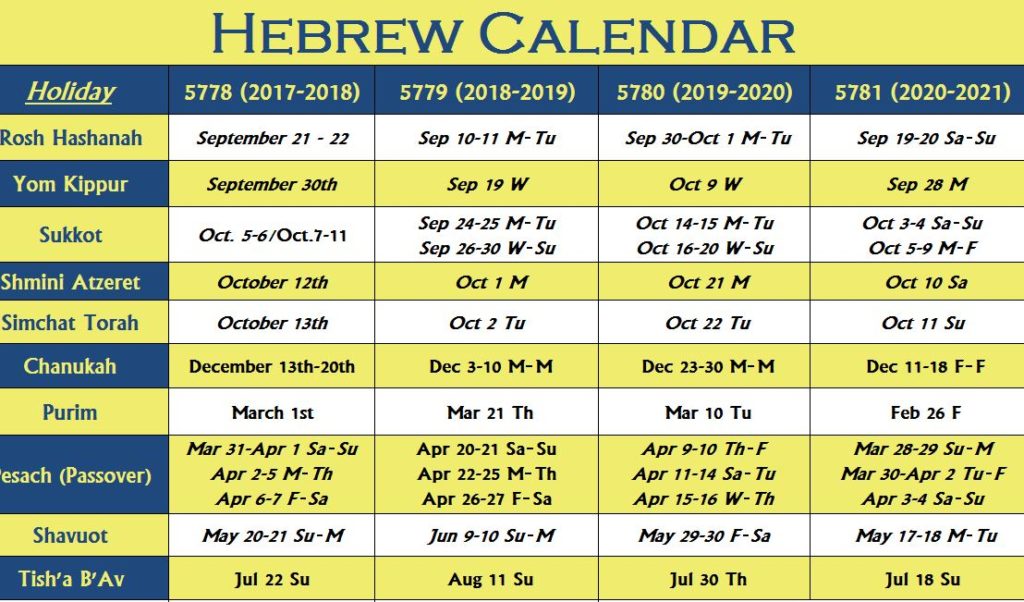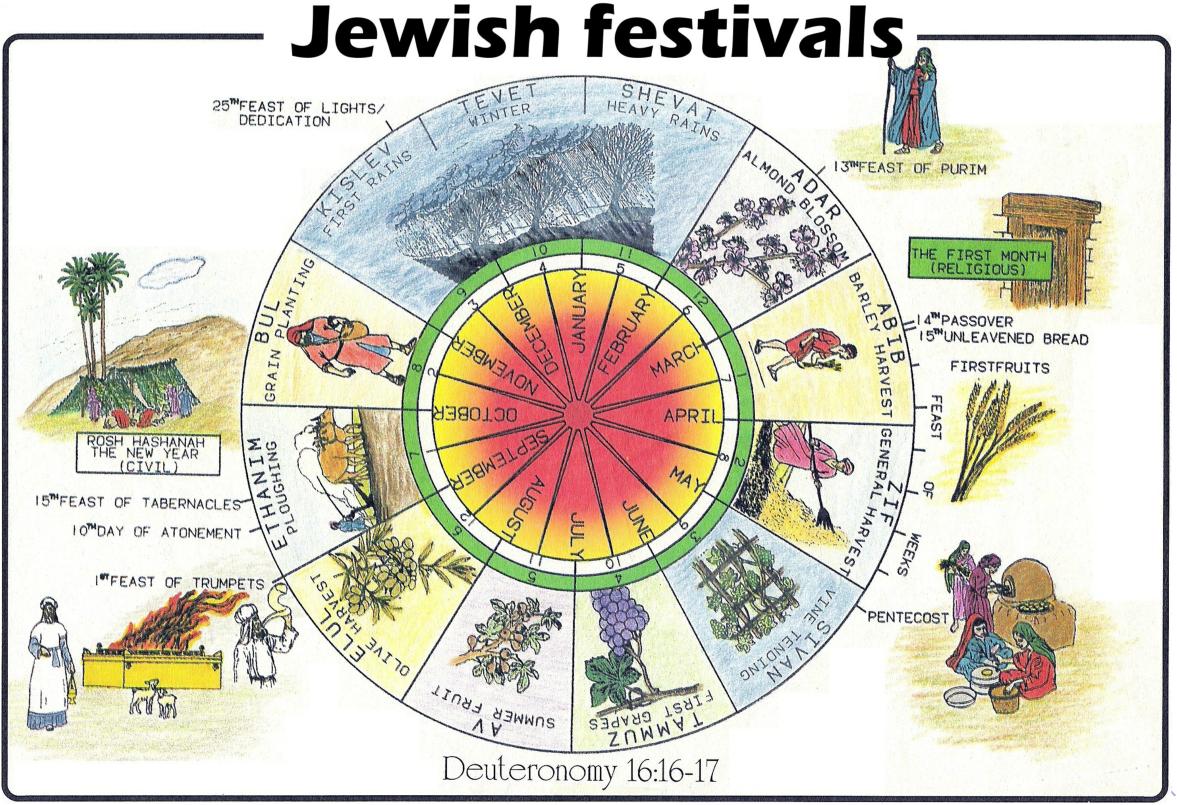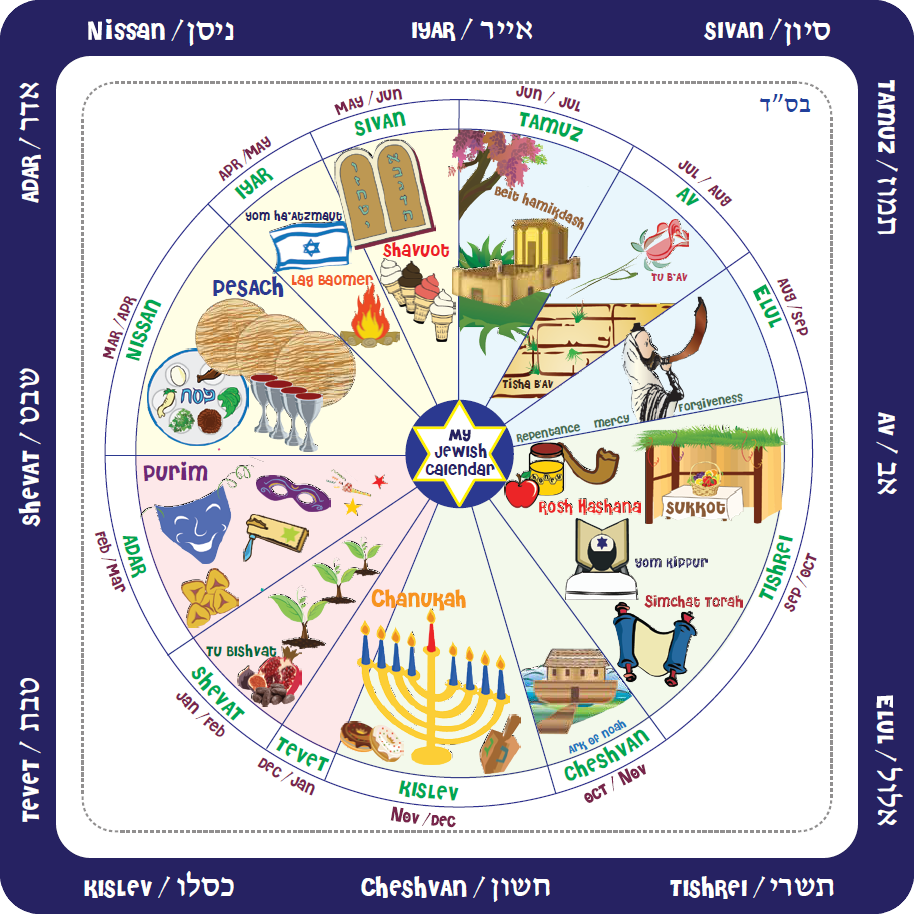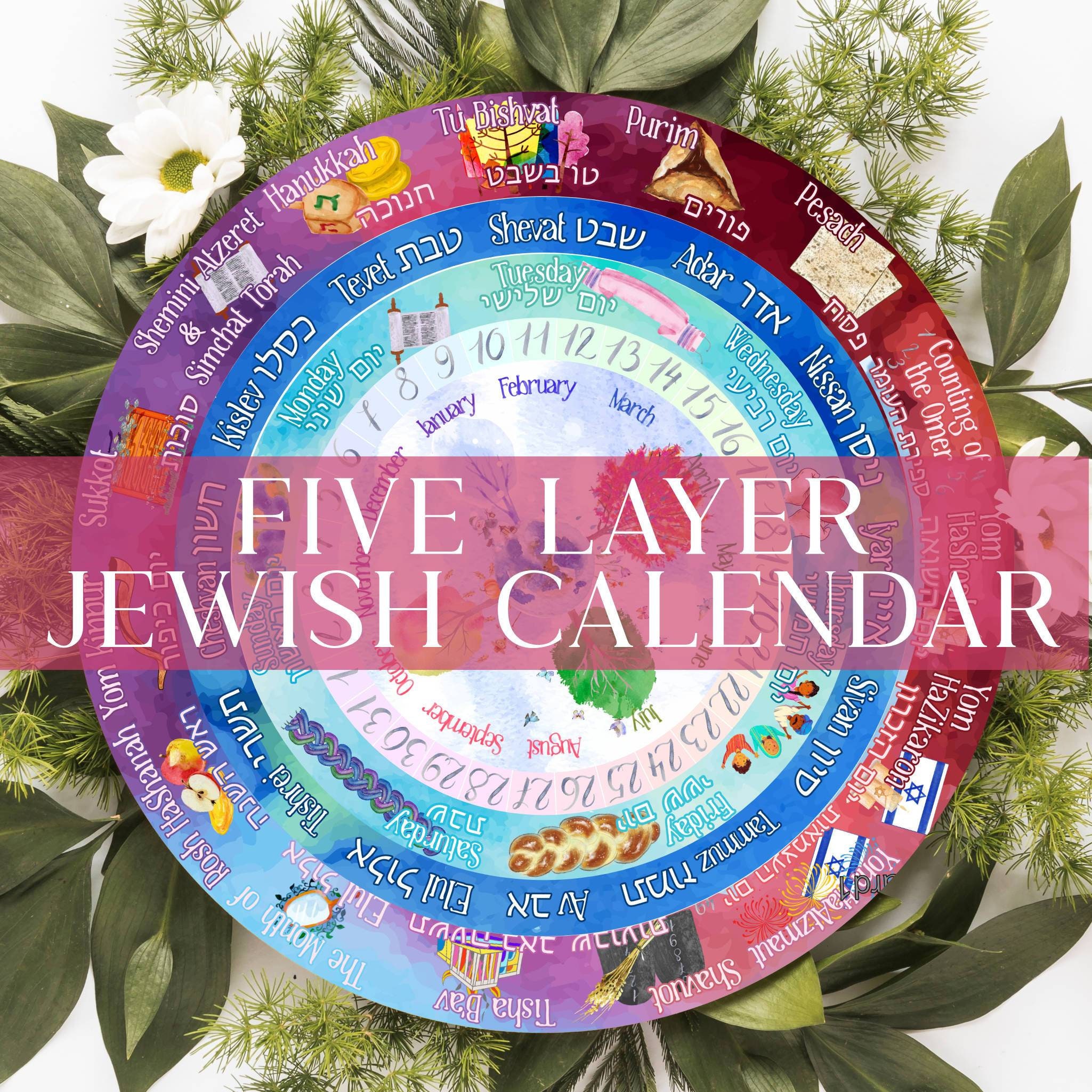What Are The 12 Hebrew Months WEB A year of 12 lunar months would be 354 days long but a Hebrew calendar year must be a solar year about 365 days long Also a Hebrew calendar year must have either 12 months or 13 months It is not allowed to have quot part quot of a month so a thirteenth month is added seven times in every cycle of nineteen years
WEB Months are either 29 or 30 days corresponding to the 29 189 day lunar cycle Years are either 12 or 13 months corresponding to the 12 4 month solar cycle The lunar month on the Jewish calendar begins when the first sliver of WEB Jun 26 2019 nbsp 0183 32 The lunar year is 12 months long or approximately 354 days 11 days shorter than the solar year of 365 or so Half days are impossible to factor into a calendar so the Hebrew calendar is broken down into either 29 or 30 day monthly increments
What Are The 12 Hebrew Months
 What Are The 12 Hebrew Months
What Are The 12 Hebrew Months
https://i.pinimg.com/originals/13/51/dc/1351dc03e350b2f1d74cff077d04716c.jpg
WEB CALENDAR Heb lu a The present Jewish calendar is lunisolar the months being reckoned according to the moon and the years according to the sun A month is the period of time between one conjunction of the moon with the sun and the next
Templates are pre-designed documents or files that can be utilized for different purposes. They can conserve effort and time by offering a ready-made format and design for developing various type of content. Templates can be used for individual or expert jobs, such as resumes, invites, leaflets, newsletters, reports, discussions, and more.
What Are The 12 Hebrew Months

Hebrew Calendar Hebrew Holiday Calendar
Hebrew Calendars And Lunar Months

Bible Q What Is The Difference Between The Hebrew And Gregorian

Some Features Of The Jewish Calendar Lithuanian Jewish Community

Bible College bible Study bible Learning bible Knowledge biblenotes

The Jewish Calendar Showing The Sequence Of The Months Jewish

https://en.wikipedia.org › wiki › Hebrew_calendar
WEB Like other lunisolar calendars the Hebrew calendar consists of months of 29 or 30 days which begin and end at approximately the time of the new moon As 12 such months comprise a total of just 354 days an extra lunar month is added every 2 or 3 years so that the long term average year length closely approximates the actual length of the solar

http://jewishroots.net › library › ... › chart-for-hebrew-months...
WEB This page shows a chart of the Hebrew calendar months with their Gregorian calendar equivalents

https://www.timeanddate.com › calendar › jewish-calendar.html
WEB A year in the Hebrew calendar can be 353 354 355 383 384 or 385 days long Regular common years have 12 months with a total of 354 days Leap years have 13 months and are 384 days long Months with uneven numbers usually have 30 days while months with even numbers have 29 days

https://www.myjewishlearning.com › article › months-of-the-
WEB The Jewish month begins with the first sighting of the new moon the Rosh Chodesh There are special prayers associated with the beginning of the month and Rosh Chodesh ceremonies have oftentimes played an important role particularly among the female members of the Jewish community

https://www.ivritalk.com › hebrew-calendar-jewish-months
WEB The Jewish year is consistent of twelve months The Hebrew calendar is a lunar calendar meaning that the months are calculated based on the appearance and movement of the moon The Hebrew word for month is Khodesh contains the root meaning new
WEB The Jewish calendar is a lunisolar calendar it follows the Moon phases and the time of the solar year and has 12 months with 29 or 30 days each Here are some examples of dates in the Gregorian calendar and how they relate to the Jewish year Sun 1 January 2023 8th of Tevet 5783 Mon 1 January 2024 20th of Tevet 5784 WEB Nov 20 2018 nbsp 0183 32 The Hebrew lunar calendar contained 12 months of 30 days which was also the customary period of mourning Deut 21 13 Num 20 29 Yet the actual lunar cycle is only about 29 189 days which resulted in a year of only 354 189 days
WEB The Jewish calendar is primarily lunar with each month beginning on the new moon when the first sliver of moon becomes visible after the dark of the moon In ancient times the new months used to be determined by observation